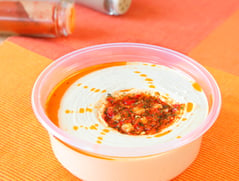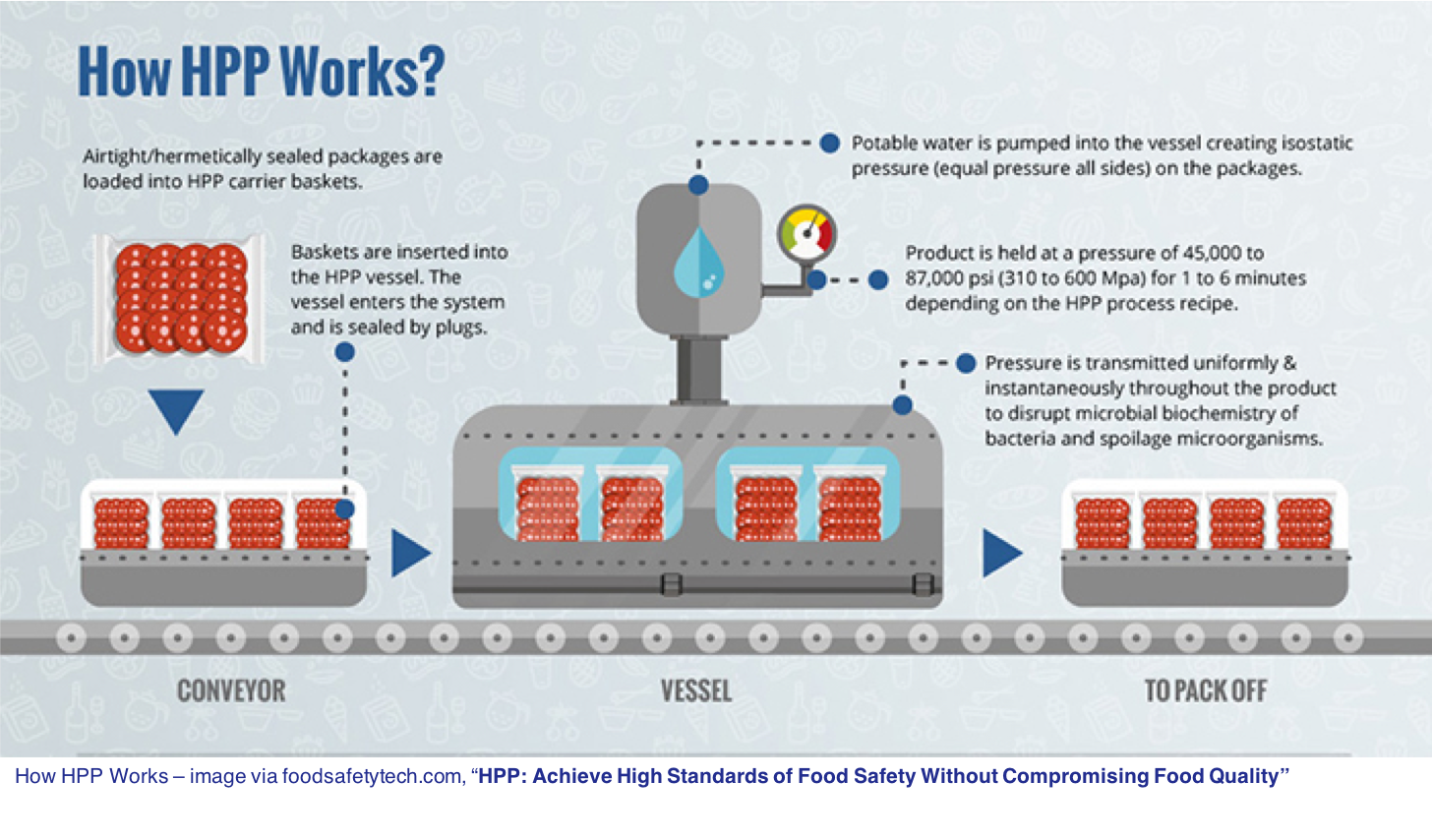 More and more the average consumer is making food buying decisions based on healthfulness with a preference towards fresh, wholesome food choices and no added preservatives. But without preservatives, how can we be sure that the food is safe for consumption and how long will that food last until it reaches it spoils? Today, a process called High Pressure Processing (HPP) is used to keep our food safe and fresh while also extending the shelf life up to two to three times that of traditional preservatives without the use of harmful chemicals.
More and more the average consumer is making food buying decisions based on healthfulness with a preference towards fresh, wholesome food choices and no added preservatives. But without preservatives, how can we be sure that the food is safe for consumption and how long will that food last until it reaches it spoils? Today, a process called High Pressure Processing (HPP) is used to keep our food safe and fresh while also extending the shelf life up to two to three times that of traditional preservatives without the use of harmful chemicals.
Continue reading to learn more about HPP and the materials from Impact Plastics that are compatible with this food processing method.
High Pressure Processing (HPP) is a cold pasteurization technique by which a product, already sealed in its final packaging, is introduced into a vessel and subjected to a high level of isostatic pressure (around 300-600MPa/43,500-87,000psi) transmitted by water. Pressures above 400 MPa / 58,000 psi at cold (4°C – 10°C) or ambient temperature inactivate the vegetative flora (bacteria, virus, yeasts, molds and parasites) present in food, extending the products shelf life and guaranteeing food safety.
Unlike thermal, chemical, or other high-heat treatments, HPP runs cold. It doesn’t alter the taste, texture, or quality of the food, nor does it require the use of chemicals and preservatives to keep the contents fresh. In fact, this method can extend a foods shelf life up to two or three times longer than traditional food preservation methods.

Because of the absence of heat, through the HPP process the nutritional properties of the food are preserved and the food maintains its original freshness throughout the shelf-life. So, in a nutshell, with the help of HPP, we are able to enjoy fresh, healthy, and flavorful foods and beverages with double and triple the shelf-life, all without the use of chemicals, additives or heat.
Impact Plastics currently carries both opaque and clear food grade impact copolymer polypropylene formulations that are compatible with HPP. Historically, homopolymer PP formulations have not performed well with HPP because when subjected to such cold temperatures, homopolymers can become brittle and lose impact strength. Impact copolymers, however, have better luck during the process, but traditionally they do not offer clarity. Now with 903D PP, consumers can experience the best of both worlds with a food packaging material that combines the material performance required to withstand HPP processes and the clarity consumers and brand owners desire. For customers who are looking for an opaque food packaging material for HPP, Impact 902T is compatible with the process and can be color matched to fit the desired aesthetic vision for the application.
For more information on Impact polypropylene sheet materials for HPP, download the 903D data sheet today!





